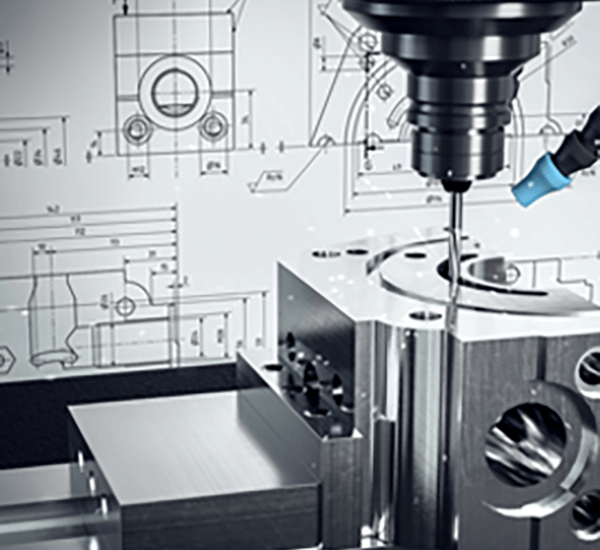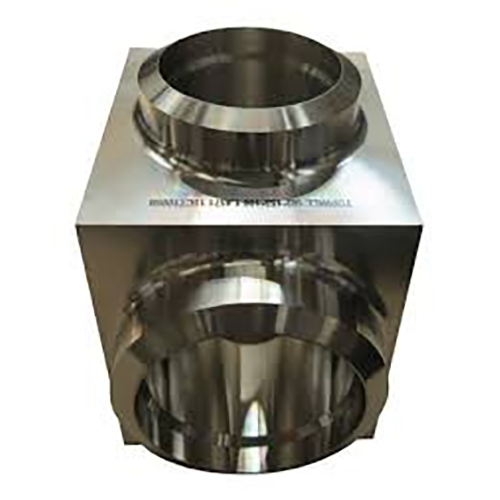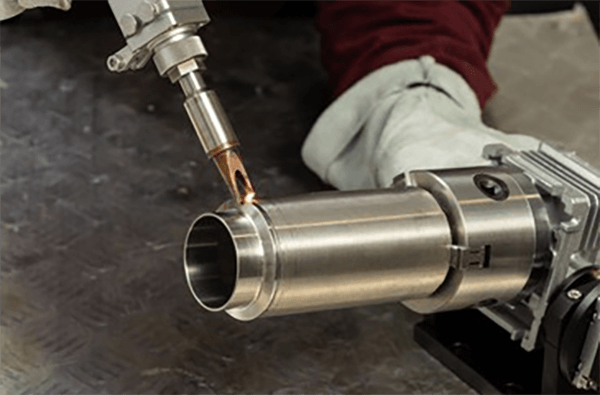
Delivering appointed top-layer smoothness for a manufactured item is highly significant.
- Engineering annotations specify detailed surface expectations for components
- Designers use Ra (mean deviation) as a numerical indicator of surface roughness
- Comprehending finish specifications is crucial to meet operational standards
- Prescribed surface characteristics govern lubrication, abrasion, and longevity
- Understanding the notation correctly yields the desired surface result
CNC Machining: A Definition of Precision

Programmed machining operates as a leading production process via numerical control software the system carves sophisticated geometries with precision.
- Numerical control tools generate quality components from varied media
- CNC’s flexible capabilities match requirements of aerospace and automotive fields
- CNC processes produce uniform parts with high repeatability over runs
From initial prototype stages to mass-manufacture CNC machining supports modern production workflows
CNC Specification Guidance
Navigating specification tables often appears formidable at first sight
Yet armed with basic knowledge and methodical steps you can manage technical specifications
Commence with recognizing main metrics: spindle rpm, feed, precision, work volume, control system
All these parameters affect the tool’s total functional output.
Example: increased spindle revolutions aid soft materials; accelerated feed raises production.
Appreciating such links enables selection of equipment fit for your objectives
Ensure you peruse vendor documentation exhaustively.
Those resources usually offer helpful explanations and clarify jargon
CNC Machines Explained: A Full Guide
CNC machines are specialized computer-controlled systems used in manufacturing for precise and automated fabrication of various materials They process programmed G-code to regulate toolpaths and actuator behavior.
- Representative CNC types cover milling tools, turning machines, routers, plasma cutters
- Machining operations fit metal, plastic, wood, and composite workpieces
- Likewise CNC solutions enable fast prototyping and small-lot production for enterprises and research labs
Overview of CNC Machine Fundamentals
They manifest coupling of mechanical fidelity and complex software governance Multifunctional systems use programming logic to fabricate both simple pieces and composite assemblies The basic principle involves transforming CAD models into real-world components.
- CNC machining
- Programmatic production integration
It comprises controlled axis moves directed by programmed code Manufacturing staff set tooling parameters, oversee machining, and confirm quality outcomes.
Influence of Finish on CNC Operations
Securing intended finish on parts is imperative It strongly influences part functionality and visual appeal Material selection, cutting strategy, and finishing steps all influence final texture.
Fine finishes raise resilience whereas rough profiles can restrict performance CNC workflows include varied tooling and approaches to produce intended surface results.
- For instance varying cutting insert shapes |tool materials|cutting velocit
 y selections to shape surface
y selections to shape surface - Also surface treatments such as grinding and polishing can refine textures
Recognizing how feeds, speeds, and tool geometry interact yields optimal finishes.
Introduction to CNC Machining
Precision production uses machine control software to shape parts from different material classes They adhere to programmed code to reproduce complex geometries with repeatable accuracy Knowing programming basics and tool selection secures better machining outcomes
Sectors served include aerospace, automotive, manufacturing, medical, and electronics fields From intricate parts for aircraft engines to precision molds for plastic injection CNC machines have become indispensable tools for producing high-quality products with complex geometries
Surface Finish Specification Guidelines
Precise surface specification proves essential in CNC machining It makes sure the product satisfies function and aesthetic demands Manufacturers often rely on Ra (roughness average) to represent surface finish Noted in microns or millimeters, the value quantifies average texture height.
Take into account target smoothness and how the part will be used when calling out finish

For instance a smooth surface finish might be preferred for parts that require tight tolerances or precise alignment
More pronounced surface profiles help applications relying on friction or traction
Employ an unambiguous finish note on drawings to specify surface expectations Include both the Ra value along with any additional instructions such as machining processes or surface treatments.
Consider that thorough finish callouts underpin quality manufacturing
Classification of CNC Machines and Uses
The CNC ecosystem includes a broad selection of machines for multiple task categories They work with CAD/CAM programs to command cutters and deliver accurate component fabrication.
- Drilling units excel at producing holes and axial features in parts
- Lathes excel at producing round parts such as shafts rods and bushings
- Plasma cutters employ ionized gas arcs to sever metal quickly and accurately
Equipment choice hinges on material, design intricacy, and precision requirements Every machine class brings specific strengths that serve sectors like aerospace and automotive.
Attaining Superior Surface Quality via CNC
Securing excellent surface finish plays a key role in production and CNC methods enable that outcome By leveraging precise control over cutting parameters such as feed rate spindle speed and tool geometry machinists can effectively manipulate the material removal process to produce surfaces with minimal imperfections Furthermore the utilization of high-quality tooling materials and proper lubrication techniques contributes to a smoother finish By choosing tailored toolpaths and precise setups operators can deliver parts with outstanding finishes.
Securing Surface Finish Through CNC Programming
Tuning code to influence finish plays a central role in meeting quality aims Feed selection spindle rpm and cutter geometry collectively determine texture outcomes Conscientious parameter tuning with sound coolant strategy produces excellent surface quality.
- Furthermore regular tool maintenance cnc process and inspection are essential for ensuring a consistent and high-quality surface finish over time Moreover scheduled tool maintenance and inspection preserve surface performance Continuous tool maintenance and oversight preserve high finish consistency
- To improve surface outcome account for material, roughness target, and application
- Simulation aids in adjusting parameters virtually to prevent surface problems
- Also ongoing tool care and inspection support sustained finish reliability
